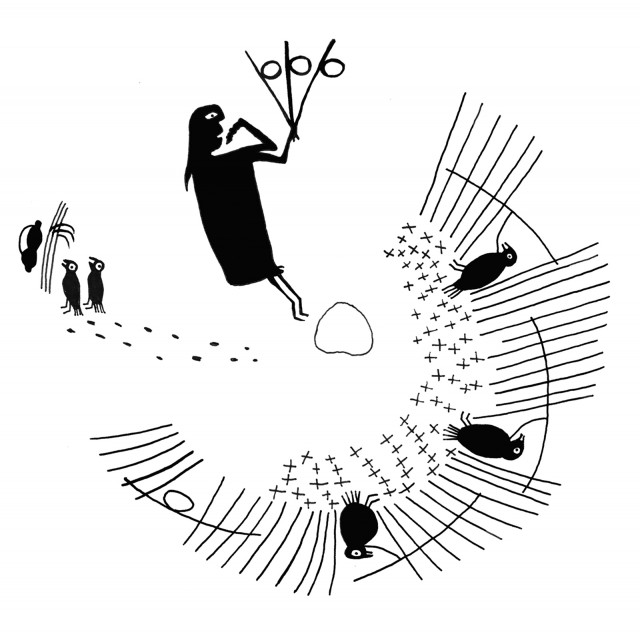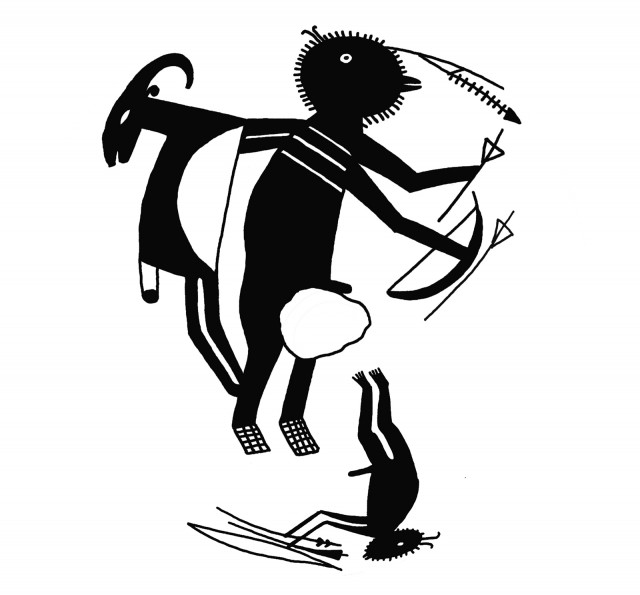- Home
- >
- Preservation Archaeology Blog
- >
- Wish Granted

My colleague Mike Diehl and I recently heard the good news that we’ve received a National Science Foundation grant (BCS-1524079). When I told my family about it at dinner that night, my youngest daughter asked what a “grant” was. I told her that when scientists want to study something we often need to find money to pay for it, so we write a proposal explaining what we want to do and why it’s important and then hope it is chosen for funding. “Oh,” she replied, “so it’s like granting a wish.”
The “wish” we were granted was to spend time during the next three years studying plant and animal remains from archaeological sites in the Mimbres region. Many of these samples were excavated decades ago and have been unstudied ever since.
Mimbres archaeology (and especially Mimbres pottery) captivates archaeologists and the public, but many projects over the years have run out of time and money for analysis and publication before getting to the boxes of broken bunny bones I’m interested in.

Similarly, the unprepossessing bags of dirt (otherwise known as flotation samples) that paleoethnobotanist Mike Diehl studies may not have been processed to recover the tiny bits of burned wood and seeds he identifies with a microscope. Other collections were analyzed but the results never became widely available, often ending up a student’s unpublished Master’s paper or “report on file” in an obscure place.
This project will allow us to bring together information from about 80 different previously excavated archaeological assemblages spanning the period from A.D. 150 to 1400. We will apply this long time-perspective to understanding three major issues:
- How did people’s dependence on agriculture and the effort they put into farming change over these centuries (a period encompassing substantial changes in the size of the area’s human population and the extent to which farmers aggregated into villages or spread out in smaller settlements)?
- How did changes in human population levels and investment in agriculture affect the timber, food plants, and animals available around ancient villages? Why did different species experience negative impacts during some periods but recover in others?
- How did household specialization in farming or in foraging for wild resources vary in relation to these other changes in human populations and food resources?
The results of this work will give us new insights into how people’s activities on the landscape affect the food resources available to them over the long term. We will also gain a better perspective on which ways of acquiring food were most stable over long periods, allowing people to maintain food security under changing social and environmental conditions.
We hope what we learn about how people approached this in the past will also provide useful insights for present-day challenges in maintaining food security in the face of uncertainty.

4 thoughts on “Wish Granted”
Comments are closed.
ASW does such great work and has an amazing record of successful grants. Congratulations!
Congratuations to Karen and Mike! A fine wish granted, indeed.
Congratulations! Awesome news!
Holy moly. Karen and Archaeology SW just keeps on ticking.